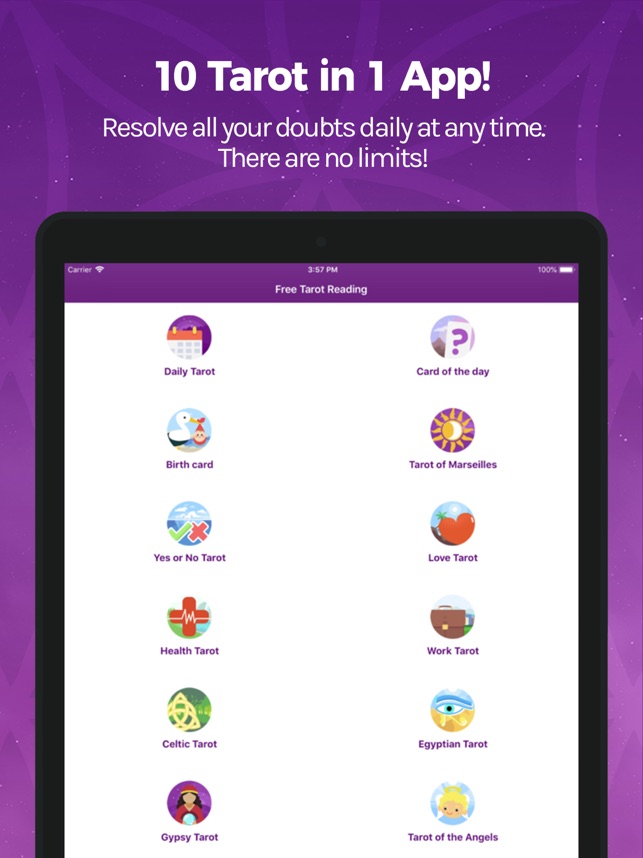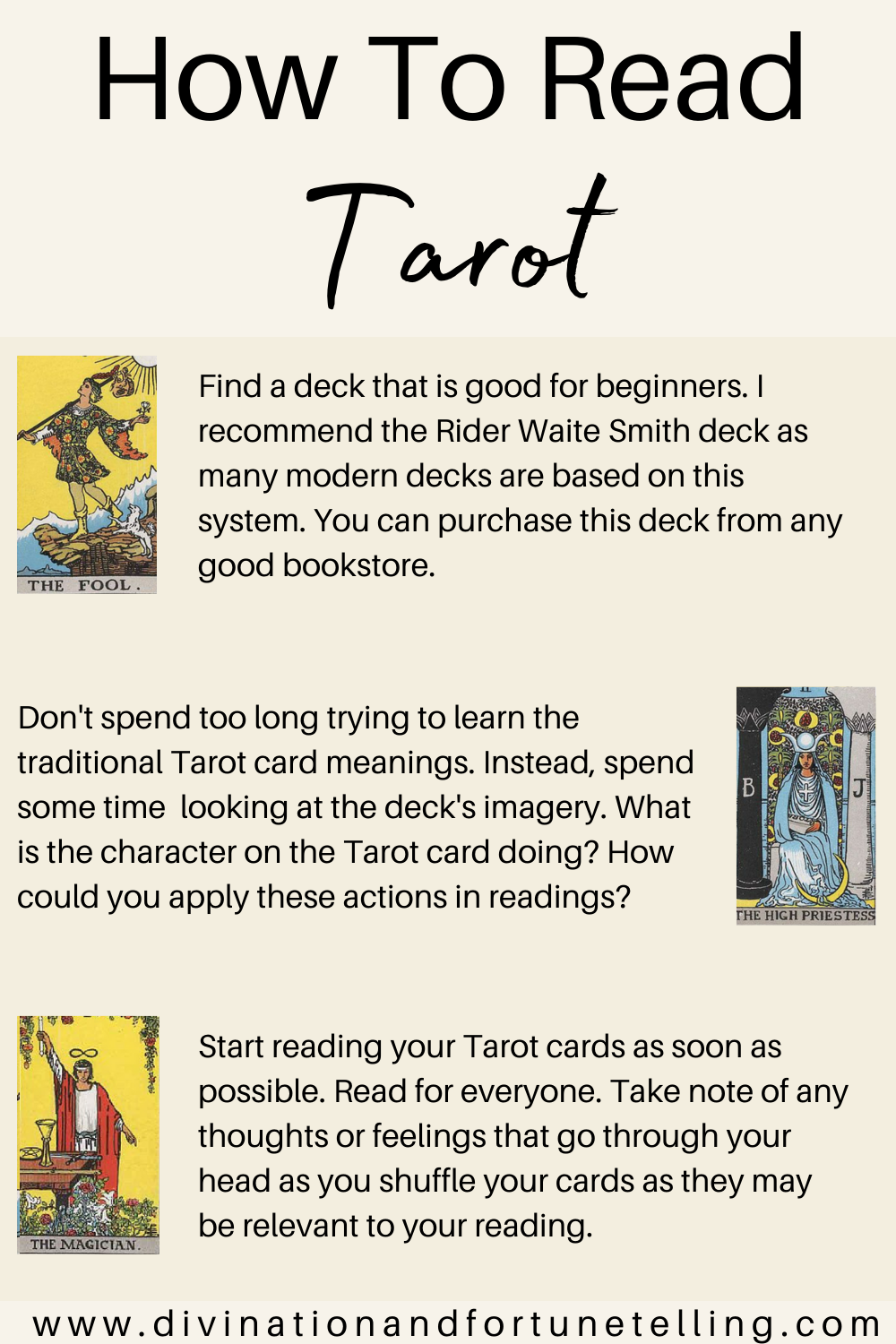
Palmistry refers to an ancient art that uses palmistry's hands to help you understand your personality. The map can reveal everything from your past to your personal potential. Through interactive illustrations and a palmistry book, you will learn how to interpret your hand's energy. The book will take you through the four types of hands and help you understand what the lines and marks are on your fingers. You'll also learn what the rings on you hands mean.
The Complete Guide to Palmistry: Hands
The hand is an important part of a person's personality, so it makes sense to learn how to interpret its shape and features. The four basic shapes of hands are air, fire, water, and earth. Each element reflects a person’s character. These traits are evident in the lines and wrinkles of the hand.
LifePrints - Your Fingerprints can help you decipher your life's purpose
Our fingerprints make us unique. Our fingerprints are unique. We have been using them for over 100 years as a form of personal identification. But did we know that they could also be used by us to help us find our life's purpose and meaning? Author Richard Unger reveals an empowering way to use fingerprints as a compass for meaning in your life.

Each person's fingerprint is unique and formed five months before they are born. It's the most reliable way for us to identify ourselves. Richard UNger provides a unique method of self-discovery as well as a daily compass to meaning.
Cheiro, the Palmist
Cheiro the Palmist was a famous palmist who predicted the future to the hour. Cheiro was, however, an isolated man who rejected human bonds despite his fame. His lonely life almost cost Cheiro his life. While he had many admirers, Cheiro wasn't able to write books on his techniques and methods.
Cheiro the Palmist is one of the most influential palmists of all time. His revelations on the Line of Life are what made him famous. He believed that the Line of Life relates to every aspect of life. The line should be long, narrow, and deep. A person who has a long, narrow, and deep line will be in good health.
Benham Book of Palmistry
In 1900, this practical work on palmistry was published for the first time. This book contains more than 800 illustrations taken from actual life as well as a wealth information about palmistry. This treatise includes the Basics of our Work, Plan of Creation Mount Types Life Current, General Atributes of Lines and Pose & Carry of Hands.

Benham describes the various hand forms known as mounts. They are used to describe different virtues and faults. The mounts also represent a different astrological sign. Jupiter is the sign Jupiter and Saturn the sign Saturn. Venus is the sign.
Eason's palmistry books
Cassandra Eason’s A Little Bit of Palmistry gives a good introduction in palm reading. It includes information about the meaning of the basic lines, how they are used, and what the lines mean for life and death. It has 109 pages and is an excellent starter book for beginners.
Palmistry can be a fun way to learn. It can be used to predict the future, identify challenges and opportunities, and determine compatibility in relationships. This is the funniest type of divination and also the most accurate. Some books focus only on the active hand, which corresponds to the main writing side. This hand can be used to record the potentials, opportunities and challenges of a person.
FAQ
How do you get started with your new hobby or interest?
First, decide what type or activity you want to pursue.
Passion is key once you have chosen your topic.
It is essential to understand the reasons you want to start a hobby. This will help you find direction and a purpose.
Once you've decided what type of hobby you'd like to pursue, you can begin planning.
Take a look at the equipment you will need.
Consider whether you need to attend classes or seminars.
You should ensure that you have enough space to enjoy your hobby.
You may also consider joining a club or group. These groups offer support and advice.
Also, consider how much money your hobby would cost.
What are the competitive hobbies?
Running, swimming, cycling and tennis are all competitive sports.
They're usually played by people who enjoy physical activity but also provide an opportunity for social interaction.
If you have a hobby that involves physical activity, then you'll probably find that there are other people around who share this interest.
This may mean joining a club or group where you meet regularly to play sports together.
You might also choose to participate in team games involving playing alongside others.
These include cricket, football, netball, hockey, netball, soccer, rugby, cricket, rugby, batsball, hockey, volleyball, badminton squash, handball and table tennis.
There are many types of competition.
Some competitions can be used for only recreational purposes.
Others are intended to test competitors' skill.
Yet, there are others that reward exceptional performance.
These cases result in prizes for the winners.
Other competitions are intended to test strength and stamina.
These are called endurance events.
For example, marathon races, triathlons, Ironman Triathlon, etc.
Before competing in these events, athletes train hard.
They will follow a strict training program to prepare themselves mentally and physically.
They might need to travel some distance during preparation.
It is important to keep in mind that not all athletes can compete in every event.
How can I find a hobby for myself?
You may feel overwhelmed when you start your quest to find a hobby.
You're probably thinking, "I'm not very artistic," or "I'm terrible at sports," or maybe even "I don't know anything."
But the truth is, you probably already have a lot of experience to draw upon when looking for a hobby.
It's simply that you haven’t yet realized it.
Take a look at the contents of your home. How much stuff are you able to store?
Do you still have toys?
Perhaps you have a collection.
Maybe you've always wanted to learn how to cook.
Or perhaps you would just like to learn how to play the guitar again.
Whatever it is, there's likely something you can turn into a hobby.
It is important to recognize that you already have a lot of experience to draw from.
Once you have done that, you will be able choose a hobby that suits your lifestyle.
What are the chances of making money with my hobby?
Many hobbies can lead to making extra cash.
If your hobby is a passion, you may be able to sell related items.
If you're a collector of stamps, you may be interested in establishing a website to sell them.
This will allow you to earn additional income without having go through the hassles of buying and selling stamps.
You could also create a YouTube channel to talk about your hobby.
This allows you share your passion and generate revenue by creating premium content.
Statistics
- Studies show that just six minutes of reading can reduce stress levels by 60 percent. (oberlo.com)
- I am 100% biologically a woman (discover.hubpages.com)
- 37% Video Games 36% Travel 36% Health and Fitness (quizexpo.com)
- A new survey by Pew Research Center of teens ages 13 to 17 finds that 36% of girls feel tense or nervous about their day every day; 23% of boys say the same. (pewresearch.org)
- Almost 80% of people claim to have no hobby. (hobbylark.com)
External Links
How To
How to start gardening
Gardening is one the oldest forms. You need patience, perseverance, and determination. The first step to starting a garden is to pick a spot where you will grow food. This could be on a large piece of land or in your backyard. Next, you will need to decide which type of plants are best for you. Do you prefer vegetables or flowers? Some people love to grow herbs, while others enjoy raising animals like rabbits. Before you decide on what type of crops to plant you need to take into consideration how much space you have. If you live somewhere that has cold winters, it might be a good idea to grow berries or fruits.
After choosing what you want to plant you need to prepare your soil. Your plants' success or failure will depend on the soil they are placed in. Organic matter is essential for the health and well-being of your plants. Organic matter includes things like leaves, twigs, grass clippings, manure, and compost. After you have prepared your soil you must add nutrients. Depending on the type of plants you plan to grow, you may need different amounts of nitrogen, phosphorus, potassium, calcium, magnesium, boron, zinc, copper, manganese, iron, molybdenum, chlorine, sulfur, sodium, and so on. Online fertilizer calculators can be used to determine these values. There are many fertilizers available so be sure to know what you are purchasing.
After you have prepared the soil and added nutrients, it is time to wait for your seeds germination. The process takes between 2 weeks and 3 months depending upon the climate in your area. After your seeds sprout, it is important to water them frequently. Too much or too little water can cause problems. Avoid overwatering your plants. Overwatering can lead to root rot and fungal diseases. Keep in mind that plants are more thirsty during summer than winter. Also, remember that certain plants need to dry out after watered. Tomatoes, for example, need to be kept moist but not too wet. They are not happy to be in soggy soil. After the plants have finished flowering they must go dormant. Plants go dormant when they stop producing new growth and instead store energy for next year's harvest. Dormancy is when the plant stops sending signals back to its roots for food production. Throughout this period, the plant stores energy. If temperatures fall below freezing or the plants are not getting enough sunlight, they will die.
If you live in an urban environment, you may find yourself limited in the kinds of plants that you can grow. Concrete sidewalks, roads or parking lots can block sunlight from reaching urban areas. Concrete absorbs sunlight, which prevents the soil beneath from getting enough sun exposure. Many plants can't thrive in urban environments because they lack sunlight. However, many plants can still thrive in urban environments. Many perennials, trees, and shrubs are able to adapt to urban living. Many annuals are also possible to grow indoors in containers. You can bring greenery inside your home all year round, regardless of the weather.
Now you're ready to plant.